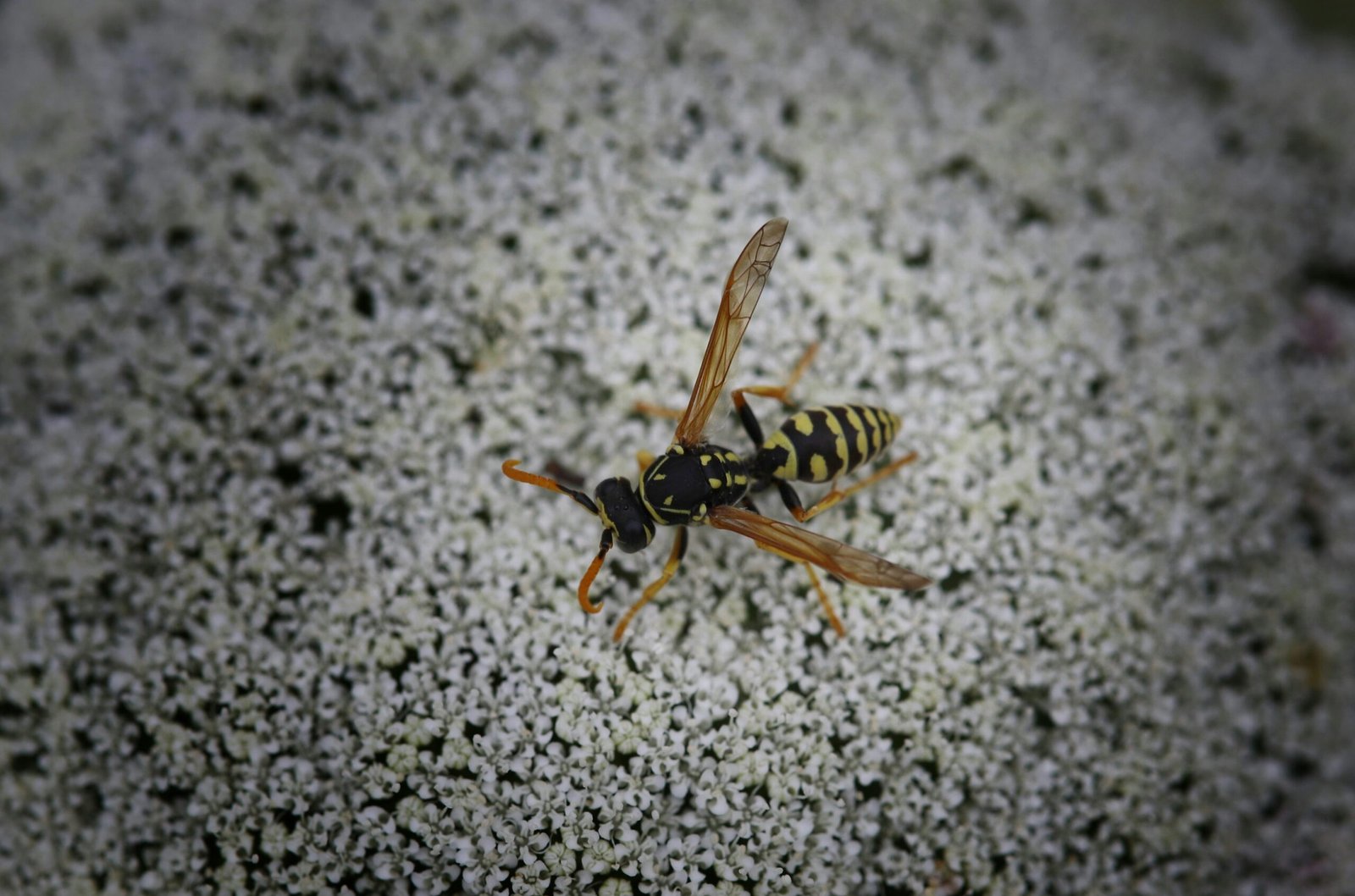June 4, 2024 | by test-blog-theme1-shop.preview-domain.com


Introduction to Yellowjackets
Yellowjackets are a type of predatory wasp known for their aggressive behavior and distinctive black and yellow coloring. They play a crucial role in the ecosystem by controlling pest populations, but their presence can be problematic for humans, especially during the late summer and fall seasons when they are most active. This guide will provide a comprehensive step-by-step tutorial to help you understand yellowjackets better.
Identifying Yellowjackets
Yellowjackets can be identified by their bright black and yellow stripes and relatively small size compared to other wasps. They are approximately 10-16mm in length. Unlike bees, yellowjackets have a smooth body and can sting multiple times. They are often mistaken for bees due to their similar coloring, but their behavior and nesting habits set them apart.
Yellowjacket Behavior and Habitats
Yellowjackets are social insects that live in colonies. They build nests in various locations, including underground burrows, wall voids, and hollow trees. These nests are made of a paper-like substance created by chewing wood fibers mixed with saliva. Yellowjackets are highly protective of their nests and will aggressively defend them if they feel threatened.
How to Safely Deal with Yellowjackets
If you encounter a yellowjacket nest, it is essential to exercise caution. Here are the steps to deal with them safely:
1. **Identify the Nest Location:** Carefully observe the flight patterns of yellowjackets to locate their nest. Yellowjackets tend to follow a distinct path in and out of their nests.
2. **Avoid Disturbing the Nest:** Once you have identified the nest, avoid making sudden movements or loud noises that could provoke the yellowjackets.
3. **Use Protective Clothing:** If you need to approach the nest, wear protective clothing, including long sleeves, pants, gloves, and a bee veil to minimize the risk of stings.
4. **Apply Insecticide:** Use a commercial insecticide specifically designed for wasps and hornets. Apply it during the evening or night when yellowjackets are less active. Follow the manufacturer’s instructions carefully.
5. **Seek Professional Help:** If the nest is in a hard-to-reach location or you are allergic to stings, it is advisable to contact a professional pest control service to handle the situation.
Conclusion
Understanding yellowjackets and their behavior is crucial for safely coexisting with them. While they play a vital role in controlling pests, their aggressive nature can pose risks. By following the steps outlined in this guide, you can effectively manage yellowjacket encounters and ensure your safety.
RELATED POSTS
View all


